
|
ECGbook.com Making Medical Education Free for All |
Upload ECG for Interpretation |

|
ECGbook.com Making Medical Education Free for All |
Upload ECG for Interpretation |
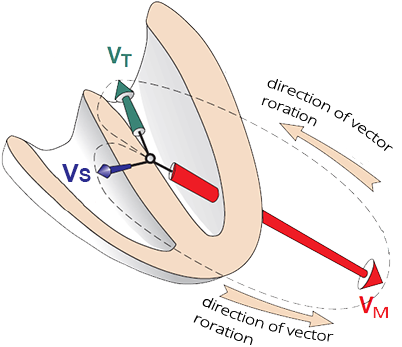
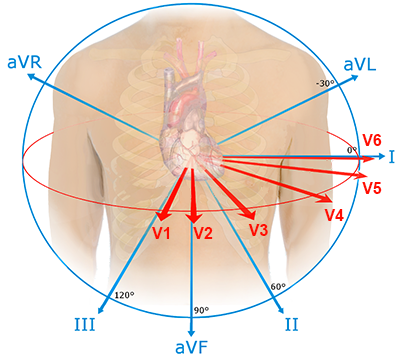
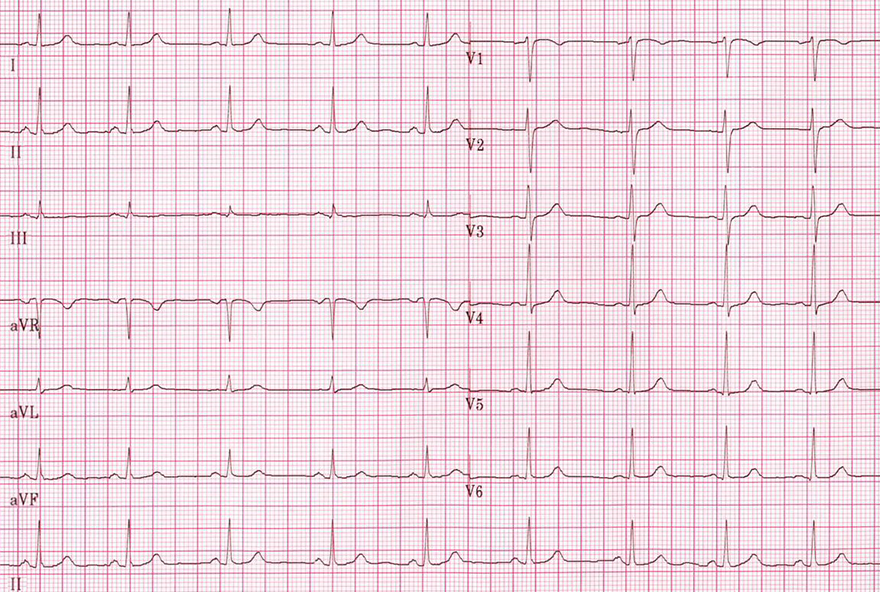
Mechanism of 12-Lead ECG Recording
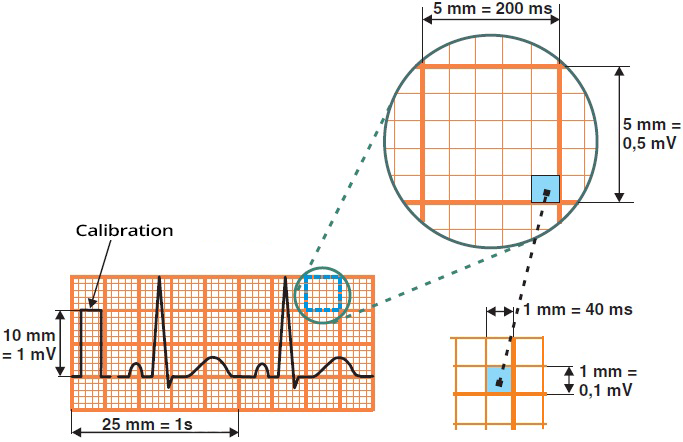

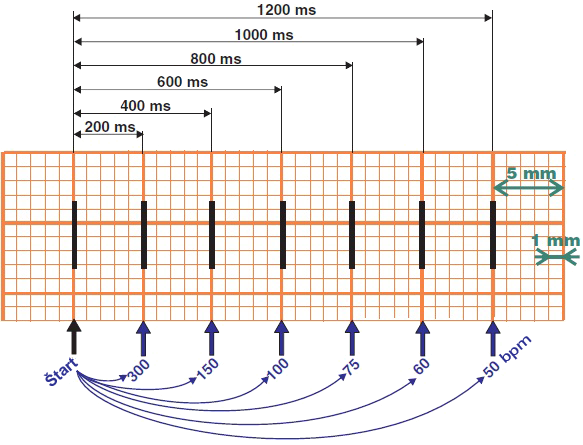

Heart Rate 300/min.

Heart Rate 150/min.

Heart Rate 100/min.

Heart Rate 75/min.

Heart Rate 60/min.

Heart Rate 50/min.
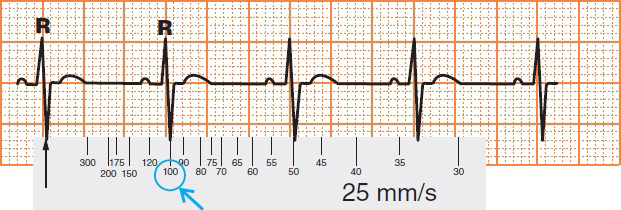
Calculating Heart Rate Using an ECG Ruler

Frequency 130/min.

Frequency 140/min.
Sources
|

|
ECG Leads
|

|

Mechanism of 12-Lead ECG Recording

Interval and Frequency
|

|


Heart Rate 300/min.

Heart Rate 150/min.

Heart Rate 100/min.

Heart Rate 75/min.

Heart Rate 60/min.

Heart Rate 50/min.

Calculating Heart Rate Using an ECG Ruler

Frequency 130/min.

Frequency 140/min.
Sources